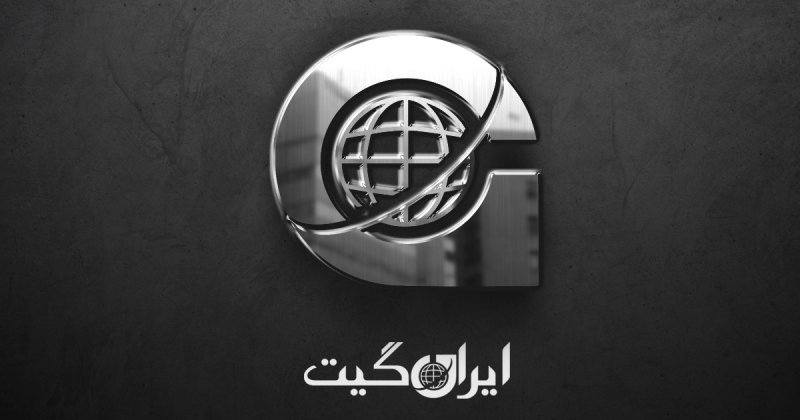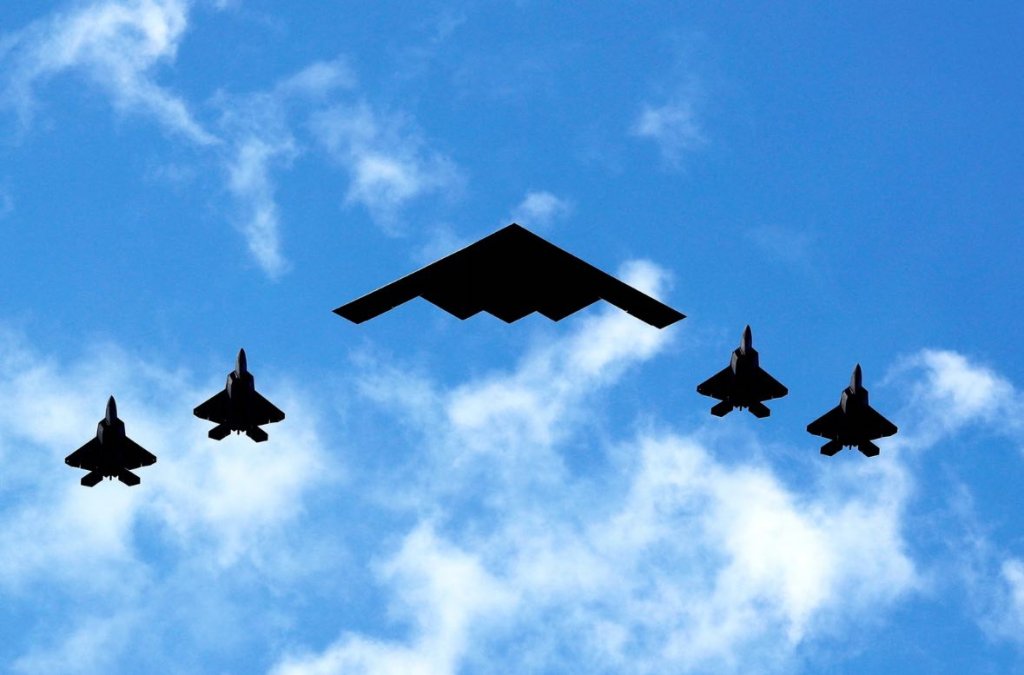Bombing of Fordow: The Start of a Geopolitical Shift
Bombing of Fordow: The Start of a Geopolitical Shift
In the early hours of June 22, a series of intense explosions shook a mountain range about 200 kilometers southwest of Tehran, the capital of Iran. This mountain range is the location of the Fordow site, where Iran has been building extensive underground facilities for uranium enrichment in recent years, or as Israel claims, an effort to acquire nuclear weapons. These explosions were the result of twelve American heavy conventional bombs known as bunker busters, weighing 13,000 kilograms, dropped by one of the most advanced aircraft of the U.S. Air Force, the stealth bomber B-2, over the area.
As the dust from these attacks over Fordow and two other targeted nuclear centers settles, the coming days will determine how much this action will alter the region’s geopolitics. Is this event the beginning of a full-scale military confrontation? Will Iran start its response by attacking American bases in the region? Will Tehran threaten the global oil flow by blocking the Strait of Hormuz? Will Israel continue its unprecedented attacks on Iranian positions? And ultimately, will the United States be compelled to officially enter a broader war in the Middle East? Here’s what you need to know at this moment.
What Happened
Around 2:30 AM local time on July 1, seven B-2 stealth bombers appeared over the Fordow area after traveling thousands of kilometers from their airbases in the Midwest of the United States at high altitude. American officials announced that these aircraft dropped a total of 14 GBU-57 bombs, known as bunker busters, which have deep penetration capabilities into underground structures and delayed detonation, on designated targets. The aim was the complete destruction of facilities like the Fordow nuclear site, which are built deep underground.
Simultaneously, more than a dozen Tomahawk cruise missiles were launched from an American submarine stationed in the Persian Gulf, targeting another Iranian nuclear center in Isfahan. Additionally, two more GBU-57 bombs landed on the third target of the operation, the Natanz facilities. According to U.S. officials, a total of 125 American aircraft participated in this operation, including escort fighters, refueling planes, and air support systems, which played a key role in executing these attacks.
What Damage Was Done
Iranian officials have generally confirmed that the mentioned nuclear centers were targeted during this operation. Meanwhile, U.S. President Donald Trump claimed that the Fordow, Natanz, and Isfahan facilities were completely destroyed. However, it is still unclear which parts of these facilities were damaged and to what extent the exact damage was widespread.
Prior to these attacks, the Natanz and Isfahan sites had also been under pressure from airstrikes over the past ten days. The Isfahan facility, which according to the Nuclear Threat Research Center, a Washington-based think tank, was a key target as it was a site for producing reactor fuel for nuclear power plants, although these activities had been severely limited due to stringent Western sanctions.
According to the same center’s assessment, the Natanz facilities include at least 50,000 centrifuges located in underground structures, but their depth is not as significant as the Fordow site. Fordow, due to its specific geographical location deep in the mountains, held special strategic importance from an intelligence perspective for Israel and U.S. intelligence agencies.
In this center, which operated under the supervision of the International Atomic Energy Agency, thousands of centrifuges were installed for uranium enrichment. Enriched uranium up to specific levels is used to fuel power plants, but at higher concentrations, it can have military applications.
Last month, the International Atomic Energy Agency announced that over 400 kilograms of uranium hexafluoride gas, a key stage in the enrichment process, had been enriched to 60 percent. This level is considered very high but still below the threshold defined for military purposes.
However, according to a confidential report that CNN claims to have seen in 2023, the International Atomic Energy Agency had previously discovered signs of weapon-grade enriched uranium at Fordow. In response to these claims, Iranian officials have repeatedly emphasized that the country’s nuclear program is pursued solely for peaceful and non-military purposes.
What We Know About the War
The Israeli government welcomed the U.S. airstrikes, describing them as a critical step in halting the aggressive policies of the Islamic Republic and curbing its threatening capabilities for the region and the world. Conversely, Iranian officials strongly condemned these attacks and warned of their consequences. According to them, this action will have dangerous results and widespread repercussions. Abbas Araghchi, Iran’s foreign minister, also announced that he would travel to Moscow to talk with Vladimir Putin, the Russian president, who is considered a close but cautious ally for Tehran.
Araghchi, hours after the bombing, spoke at a press conference about the necessity of keeping diplomatic doors open but immediately added that such a space does not currently exist. These statements were made at a time when tensions over Iran’s nuclear program were on the brink of explosion, and Washington had increased pressure on Tehran by intensifying its public rhetoric and private messages. Meanwhile, European diplomats had made efforts to prevent the attack but were unsuccessful.
The key question is whether Iran currently has the capability or readiness to enter a full-scale war. Will a direct military response against American targets in the region be on the agenda?
The Islamic Revolutionary Guard Corps, as the backbone of Iran’s military power, has declared that the country reserves the right to respond in self-defense and warned that the United States should expect dire consequences.
The precedent for such responses can be seen in January 2020, when after the assassination of Qasem Soleimani, the commander of the Quds Force, by an American drone, Iran responded with missile attacks on American military bases in Iraq, including the Al Asad base. Although no reports of American personnel fatalities were released, about 100 people suffered brain and psychological injuries.
The United States has a wide network of military bases in the region, including in Qatar, Kuwait, Saudi Arabia, the United Arab Emirates, and Bahrain, which is home to the U.S. Navy’s Fifth Fleet.
However, the question remains whether Iran has the operational capability for a widespread military response. Israeli attacks over the past ten days have targeted and damaged many of Iran’s airbases, air defense systems, weapons production centers, and missile depots, which may severely limit Tehran’s options.
Despite these limitations, Iran still possesses alternative tools.
One of the most important of these options is its organized cyber capabilities. Groups affiliated with the Islamic Revolutionary Guard Corps have been accused of carrying out cyberattacks against the infrastructure of Israel and other countries in recent years.
On the other hand, the economic and geostrategic dimension has also entered the equation. On July 1, Iran’s parliament called for the closure of the Strait of Hormuz, a vital waterway through which Gulf oil exports to global markets are conducted.
Any disruption in this route could have an immediate and significant impact on global oil prices and cause severe fluctuations in energy markets.
Impact of the Attacks on U.S. Policy
This attack marks a turning point in Donald Trump’s political trajectory, a leader whose rise to power was largely rooted in widespread public discontent in the United States over the consequences of military interventions in the Middle East, including costly and protracted wars in Afghanistan, Iraq, and Syria, known in American political discourse as ‘endless wars.’
Many of Trump’s close advisors, including Vice President J.D. Vance, have been critics of American military interventionism abroad and have sought to steer Washington’s foreign policy toward isolationism.
In the days leading up to July 1, heated debates had formed in American political circles over whether the Trump administration should once again involve the United States in direct military conflict in the Middle East.
The attack, now known as the ‘Midnight Hammer,’ was carried out without widespread notification, and senior government officials provided limited explanations afterward.
They emphasized that the aim of this action was neither regime change in Iran nor broader involvement in the Iran-Israel conflict, a dispute that itself has more complex dimensions and is likely to continue.
U.S. Secretary of Defense Pete Hegseth stated on the first day of July in a conversation with reporters that this is certainly not an endless operation, a phrase aimed at distancing from the public perception of past protracted wars.
Domestically, reactions in the U.S. Congress were sharply polarized. Democrats generally condemned the attack, viewing it as a sign of recklessness in foreign policy. In contrast, a majority of Republicans supported the operation.
However, some prominent figures in the conservative movement, including Marjorie Taylor Greene, an extreme Republican representative, emphasized on social media that ‘this is not our war,’ indicating an increasing rift even within the ruling faction.
Vice President J.D. Vance also gave a cautious response a few hours after the attack on NBC, stating, ‘We are not at war with Iran; we are at war with Iran’s nuclear program,’ a statement that sought to draw a clear line between a limited operation and entering a full-scale conflict.

